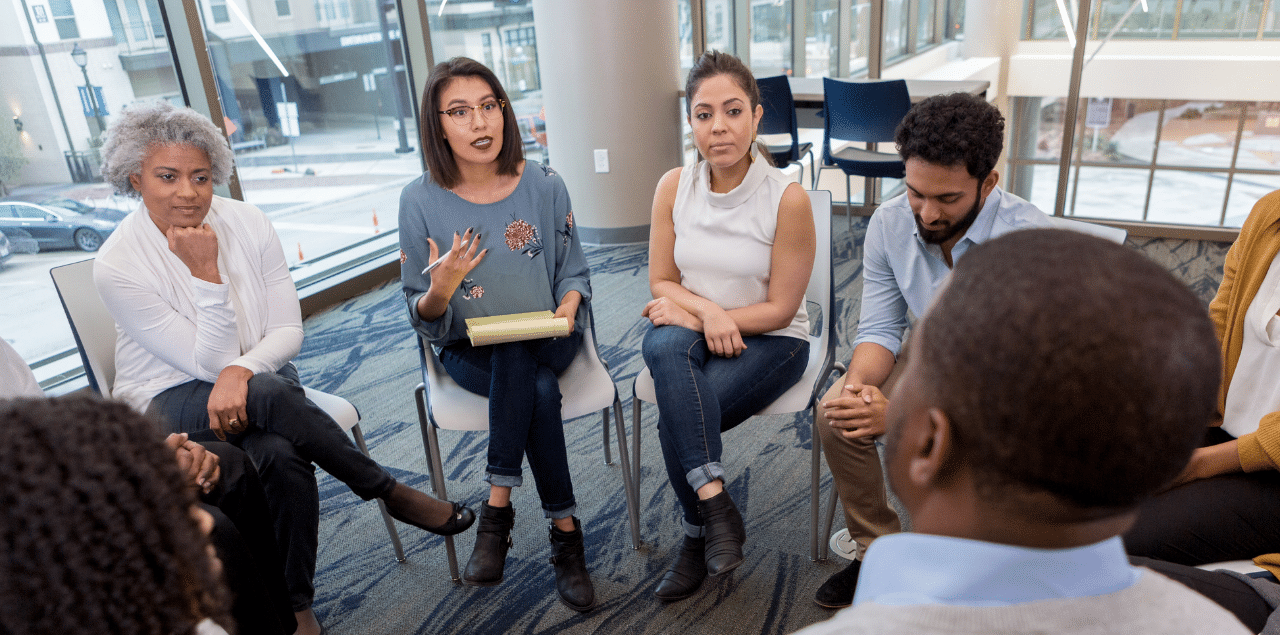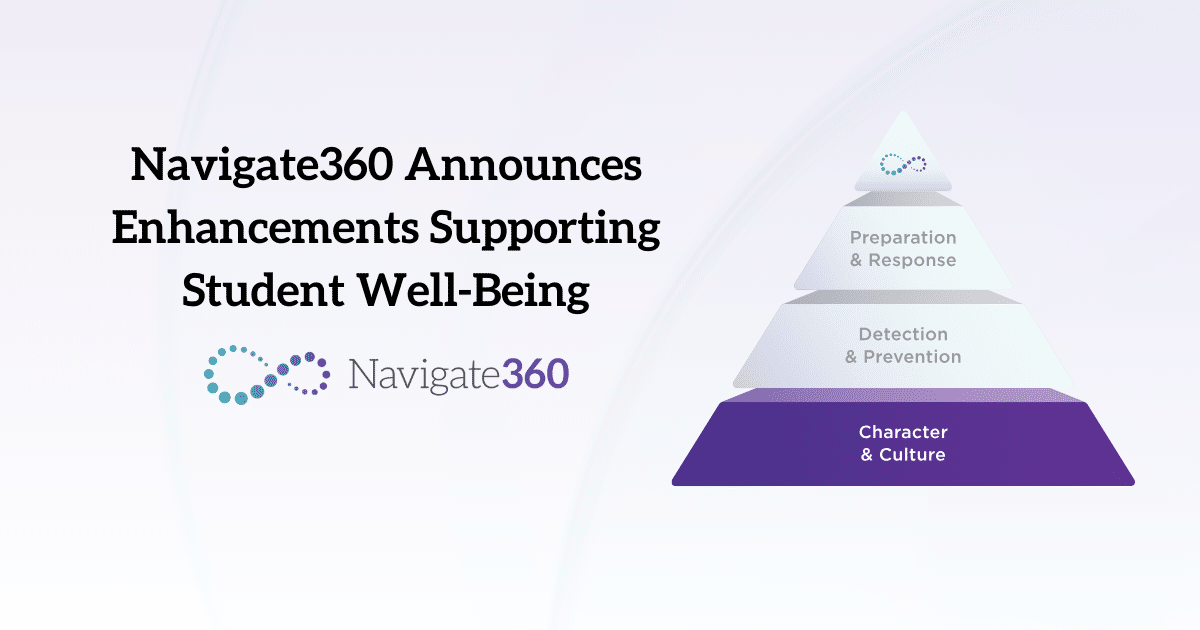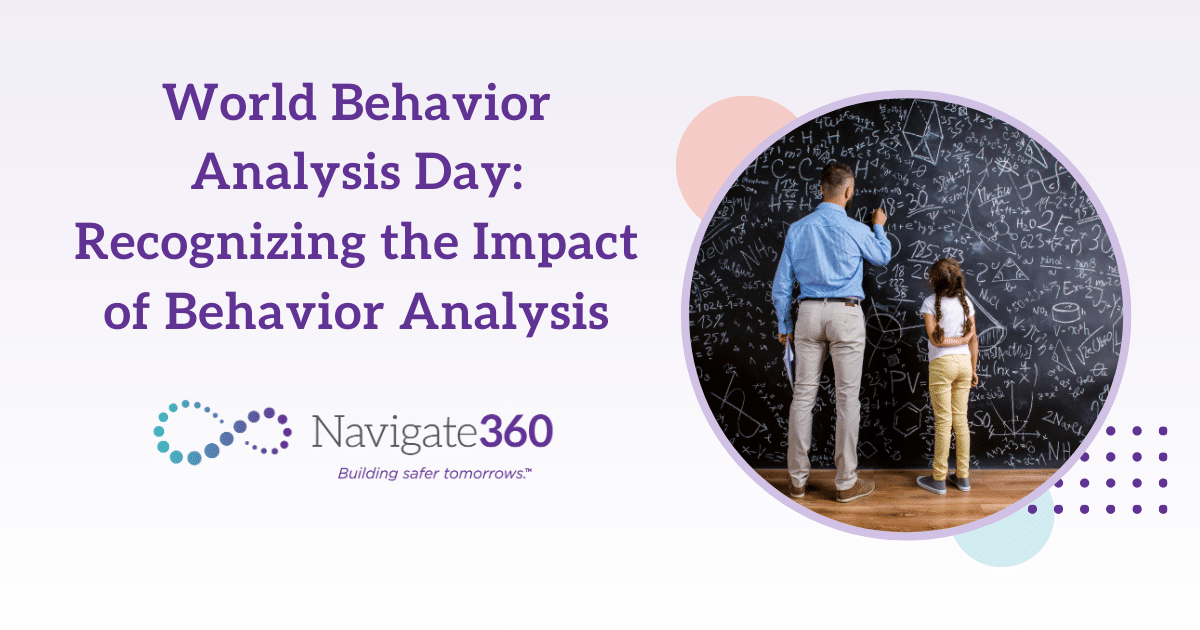Being able to talk about suicide is a critical component of youth suicide prevention. That’s why it’s so important for counselors to promote open discussions of the topic with both students and teachers. Knowing the signs of a student in crisis and providing them with the support they need can help prevent a tragedy. And if a student is known to be suicidal, communicating the risk to their teachers is imperative to their wellbeing.
Suicidal Ideation Is an Emergency Situation
The grim truth from the National Institute of Mental Health (NIMH) is that suicide is the second leading cause of death for people aged 10–34. Every instance of suicide ideation must be treated like an emergency situation that requires immediate intervention. When a student at your school is displaying signs of crisis like making suicidal statements or imitating suicidal behavior, notify the principal and the student’s teachers.
You don’t need to provide faculty with great detail. You do want to ensure they take the student’s actions seriously and provide appropriate supervision though. This can include walking them to the principal’s office rather than letting them go alone.
Youth Suicide Risks
Students at every age level are at risk of suicide. In younger children, suicide ideation is often impulsive and influenced by negative feelings. This includes anger, sadness, and confusion, or behavioral disorders such as hyperactivity. Suicide attempts by teenagers are often driven by academic and societal stress, self-doubt, uncertainty of the future, and loss. It doesn’t help that the prefrontal cortex (responsible for planning and decision-making) of the teenage brain is not yet fully developed. This this makes teenagers even more vulnerable to suicide.
The profound impact of the COVID-19 pandemic compounded already concerning student mental health trends. 1 in 3 teenage girls and 1 in 5 teenage boys have experienced new or worsening anxiety since the start of quarantine in March 2020. The risk of youth suicide is great – teachers must understand why all instances of suicidal ideation must be taken seriously.
Suicidal Statements
A student known to talk about suicide, however in jest it may seem, is a red flag that may signal a student in crisis. Even elementary school students, who may not fully understand what they’re saying, should be monitored if they make a suicidal statement, according to Dr. Scott Poland, an internationally recognized expert on school safety and youth suicide.
Dr. Poland partnered with Navigate360 to help author our suicide awareness and prevention eLearning curriculum. This curriculum provides guidance for our suicide screening and case management platform. In one of a series of videos he made with Navigate360, he notes that even though a child may use the phrase “I’m going to kill myself” to get attention, what they’re really saying is, “I need things to change in my life.” Statements like this are a clear cry for help that all faculty members should be able to identify.
Imitating Suicidal Behavior
In another informative video, Dr. Poland points out that adolescents are the one age group that is most likely to imitate suicidal behavior. He compares it to throwing a rock in a pond, creating a ripple effect throughout the school. When a student dies by suicide, that ripple effect can become dangerous indeed. Other students in crisis may identify with the academic, societal, or familial problems the victim was unable to overcome. This can confirm in their minds that suicide is a feasible solution and give them a roadmap toward that end.
Imitating suicidal behavior, particularly when a student has died by suicide, can lead to a suicide contagion or cluster. This is when a school experiences a high number of suicides among its students in a short amount of time. Though it sounds extreme, suicide clusters do happen. It’s crucial to inform your school’s teachers of the risk.
How to Respond to Suicide Ideation
When a student is suicidal, their school counselor becomes their case manager. They must communicate the risk to the student’s principal, teachers, and parents. The only exception to the latter is if you suspect the student is being abused at home. In this case, a call to Child Protective Services is the most appropriate response. If the student is hospitalized due to a suicide attempt, work with your school’s faculty to create a re-entry plan. A plan ensures the student will receive the support needed when returning to the classroom.
Failing to Take Emergency Action
The consequences of not treating suicide ideation as an emergency can be detrimental. Most schools do the right thing by following the advice of their counselors. There have been mistakes that led to schools failing at their responsibility to care for students in crisis though. In the 1995 Wyke v. Polk County School Board case, the school board was found liable in student Shawn Wyke’s death by suicide due to its “failure to train or supervise its personnel with respect to suicide prevention/intervention.” As your school’s counselor, you are the mental health expert of the facility. It can’t be overemphasized how important it is to talk about suicide with teachers when a student is suicidal.
What to Do When a Student Dies by Suicide
A student’s death by suicide is a challenging time for schools. To begin the healing process, counselors must help all involved, including the victim’s family, fellow students, teachers, and principal, work through their grief, shock, and confusion. Refer to Dr. Poland’s After a Suicide: A Toolkit for Schools for advice on how to help your school move on from a death by suicide.
An Essential Resource for Youth Suicide Prevention
As a school counselor, you are at the forefront of youth suicide awareness and prevention education within your school, but know that you’re not alone in this vital endeavor. Download the Administrator’s Guide to Addressing & Preventing Suicide, written by Dr. Poland and Navigate360’s subject-matter expert Dr. Crystal Ladwig, for guidance that you can share with teachers and other members of the faculty.
If you or someone you know might be at risk of suicide, call the National Suicide Prevention Lifeline at 988 or visit their website for additional information. You can also text HOME to 741741 to connect with the Crisis Text Line.





